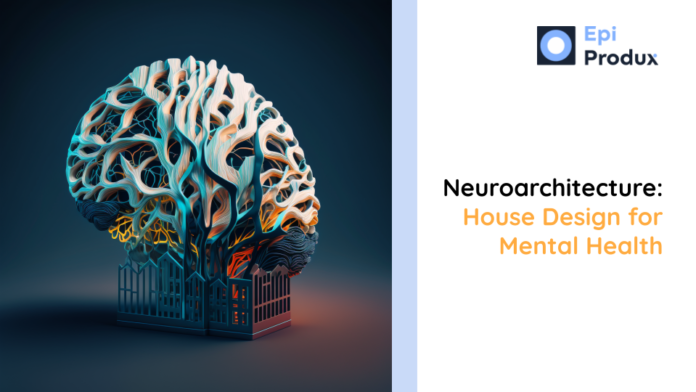It is estimated that approximately 1 in 5 adults in the United States (20.9%) experiences some form of mental illness in a given year. This translates to approximately 44.7 million people. It is important to note that mental illness can affect people of all ages, and that many people who experience mental illness are able to live healthy and productive lives with the help of appropriate treatment
Mental health is an increasingly important consideration in the design of homes and other buildings. Interior designers have a unique opportunity to create spaces that not only look beautiful but also support the physical and mental health of the people who use them.
By consciously manipulating decorative elements and considering the psychological and physiological benefits of different design choices, it is possible to create mentally healthy spaces that promote well-being and support cognitive function. Physical health and mental health go hand in hand.
Natural Light
One key factor to consider in the design of mentally healthy spaces is the use of natural light. Natural light has numerous benefits for both physical and mental health, including increased levels of vitamin D, improved sleep patterns, and an overall sense of well-being. In contrast, relying solely on artificial light can lead to feelings of fatigue and eye strain.

There are several ways to use the natural light of prefab house architecture to boost mental health:
- Maximize the use of windows: Prefab houses often have large windows to let in plenty of natural light. Make sure to take advantage of these windows by keeping them uncovered or using sheer curtains that allow light to filter through.
- Use light-colored paint and finishes: Light-colored paint and finishes can help to reflect natural light, making a space feel brighter and more welcoming.
- Consider skylights: If your prefab house has a flat roof, consider installing skylights to bring in even more natural light.
- Use mirrors: Mirrors can help to reflect natural light and make a space feel brighter and more open.
- Consider adding a sunroom or greenhouse: If your prefab house has the space, consider adding a sunroom or greenhouse to bring in even more natural light and create a bright and welcoming space.
- Take advantage of natural light at different times of day: The direction and intensity of natural light can change throughout the day. Consider organizing your space to take advantage of the best natural light at different times of day. For example, you may want to place your desk near a window to take advantage of morning light, or relax in a chair near a window in the afternoon to enjoy the warm glow of the setting sun.
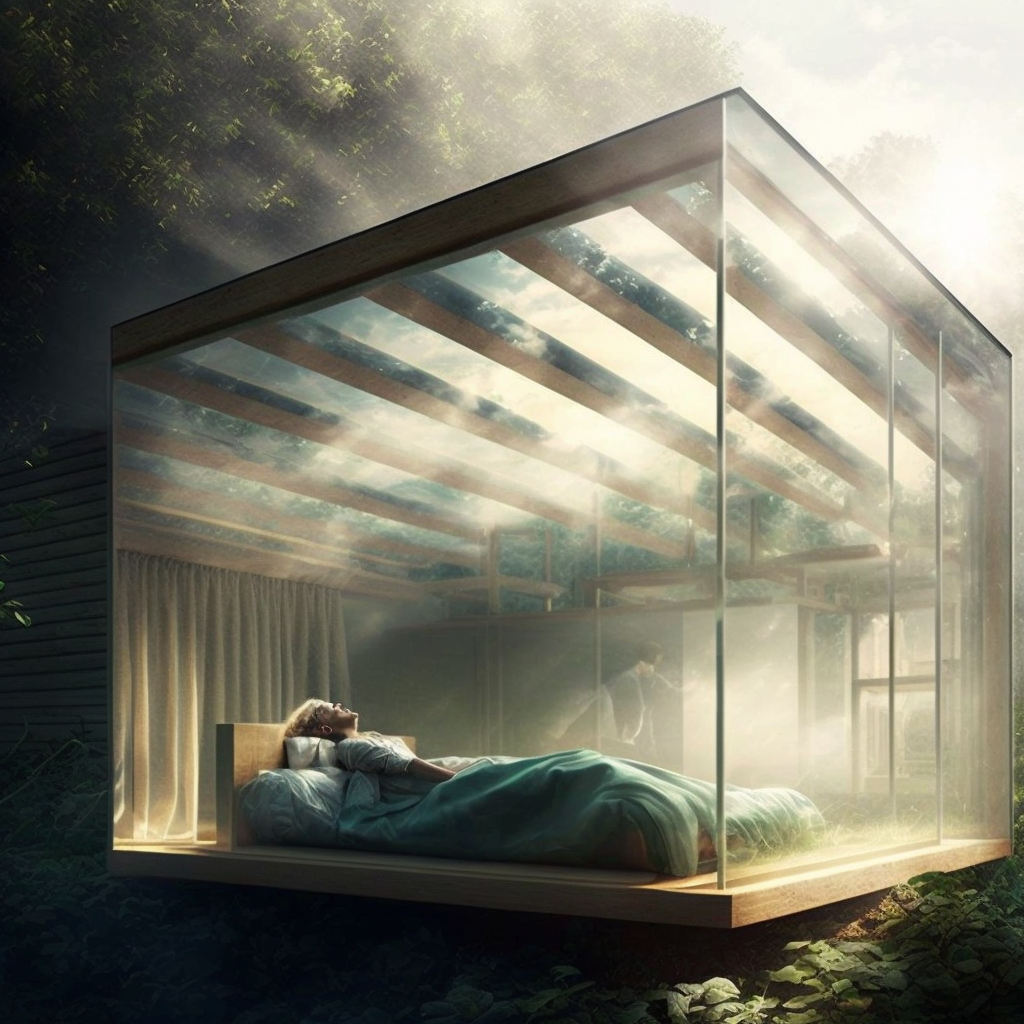
There are several ways to use prefab house architecture to improve sleep quality:
- Choose a quiet location: If possible, choose a location for your prefab house that is away from sources of noise such as busy roads or airplane flight paths.
- Consider the bedroom layout: The layout of the bedroom can impact sleep quality. Make sure the bedroom is a separate, quiet space that is away from any common areas or sources of noise.
- Invest in a comfortable bed and bedding: A comfortable bed and bedding can make a big difference in sleep quality. Make sure to choose a mattress and pillows that are comfortable and supportive.
- Use window treatments to block out light: Use blinds, shades, or heavy curtains to block out light and create a dark, peaceful environment for sleep.
- Use a white noise machine: A white noise machine can help to mask any outside noise and create a more peaceful, calming environment for sleep.
- Keep the bedroom at a comfortable temperature: The temperature of the bedroom can impact sleep quality. Aim for a temperature that is cool, but not too cold.
- Use calming colors and decor: Choose calming colors such as blue, green, or purple for the bedroom, and decorate with calming, soothing elements such as plants or soft, comfortable fabrics.
Artificial Light
Another aspect of design that can have an impact on mental health is the use of artificial light. While natural light is generally considered to be the most beneficial, it is not always possible to rely on it exclusively. In these cases, it is important to choose artificial light sources that are appropriate for the activity being performed and that do not cause fatigue or strain on the eyes. For example, using blue light in the evening can help to regulate the body’s natural sleep-wake cycle, while incorporating warm, yellow tones can create a sense of warmth and comfort.
Positive Effects of Plants on Well-being
In addition to natural light, incorporating natural elements such as plants and wood into the design of a space can also have positive effects on well-being. Studies have shown that plants can improve concentration, reduce stress, and even increase sales volume in retail settings. Similarly, wooden flooring and furniture can provide a sense of warmth and connection to nature while also helping to purify the air.
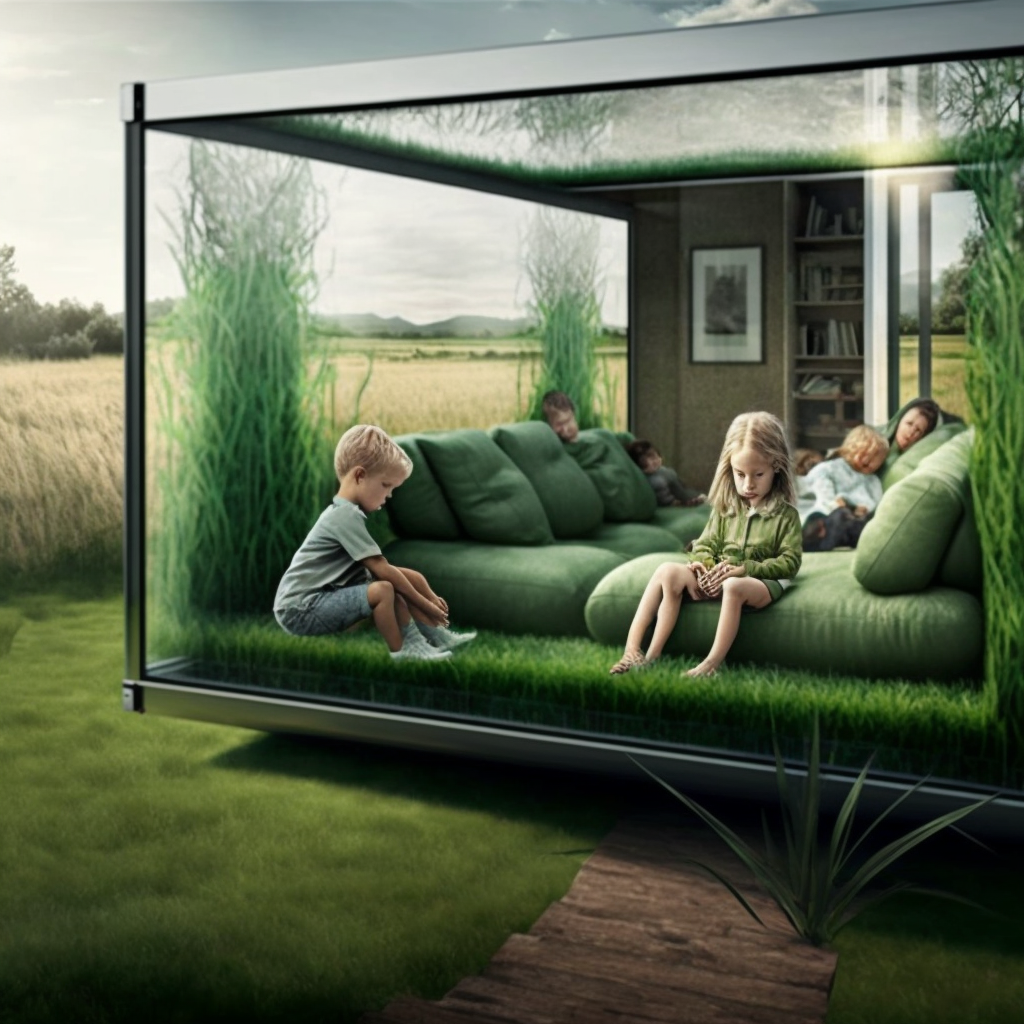
There are several ways that plants can help to reduce stress in a living room:
- Improve air quality: Plants can help to purify the air by removing toxins and increasing the levels of oxygen. This can help to create a more comfortable and healthy environment, which can in turn help to reduce stress.
- Provide a sense of calm and relaxation: The presence of plants can help to create a sense of calm and relaxation, particularly when combined with other elements such as soft lighting and comfortable seating.
- Serve as a natural source of beauty: Plants can add a touch of nature and beauty to a space, which can help to create a more calming and soothing atmosphere.
- Offer a sense of accomplishment: Taking care of plants can provide a sense of accomplishment and purpose, which can help to reduce stress and improve overall well-being.
- Provide a sense of connection to nature: Being around plants can help to provide a sense of connection to nature, which can in turn help to reduce stress and improve overall well-being.
It’s important to note that the stress-reducing effects of plants can vary based on individual preferences and experiences. Some people may find that being around plants helps to reduce stress, while others may not notice much of a difference. Experimenting with different types of plants and finding what works best for you can help to maximize the stress-reducing benefits of plants in your living room.
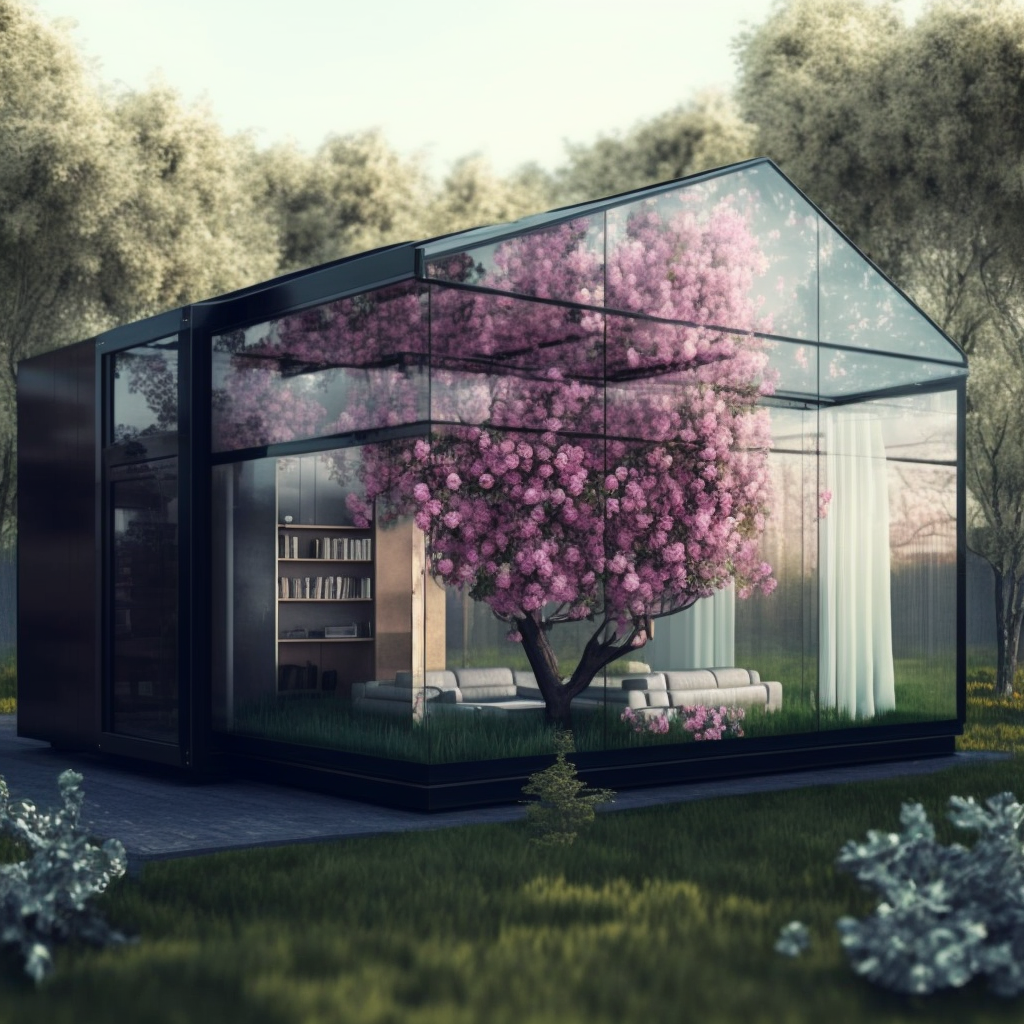
Minimizing Clutter
Another important aspect of creating mentally healthy spaces is minimizing clutter and promoting organization. A cluttered environment can lead to negative emotional responses, while a well-organized space can increase positive feelings and facilitate cognitive function. Expansive organizational racks and wall-based systems can help to keep clutter to a minimum, while also providing an aesthetic element to the design of a space.
Colors Evoke Emotional Responses
Color is another critical factor in the design of mentally healthy spaces. Different colors consistently evoke certain emotional responses and can be used to create specific moods or atmospheres. Warm colors such as red, orange, and yellow are often associated with feelings of energy and excitement, while cool colors like blue and green are thought to have a calming effect. In general, it is a good idea to feature a balance of both warm and cool colors, depending on the desired mood of a particular space.
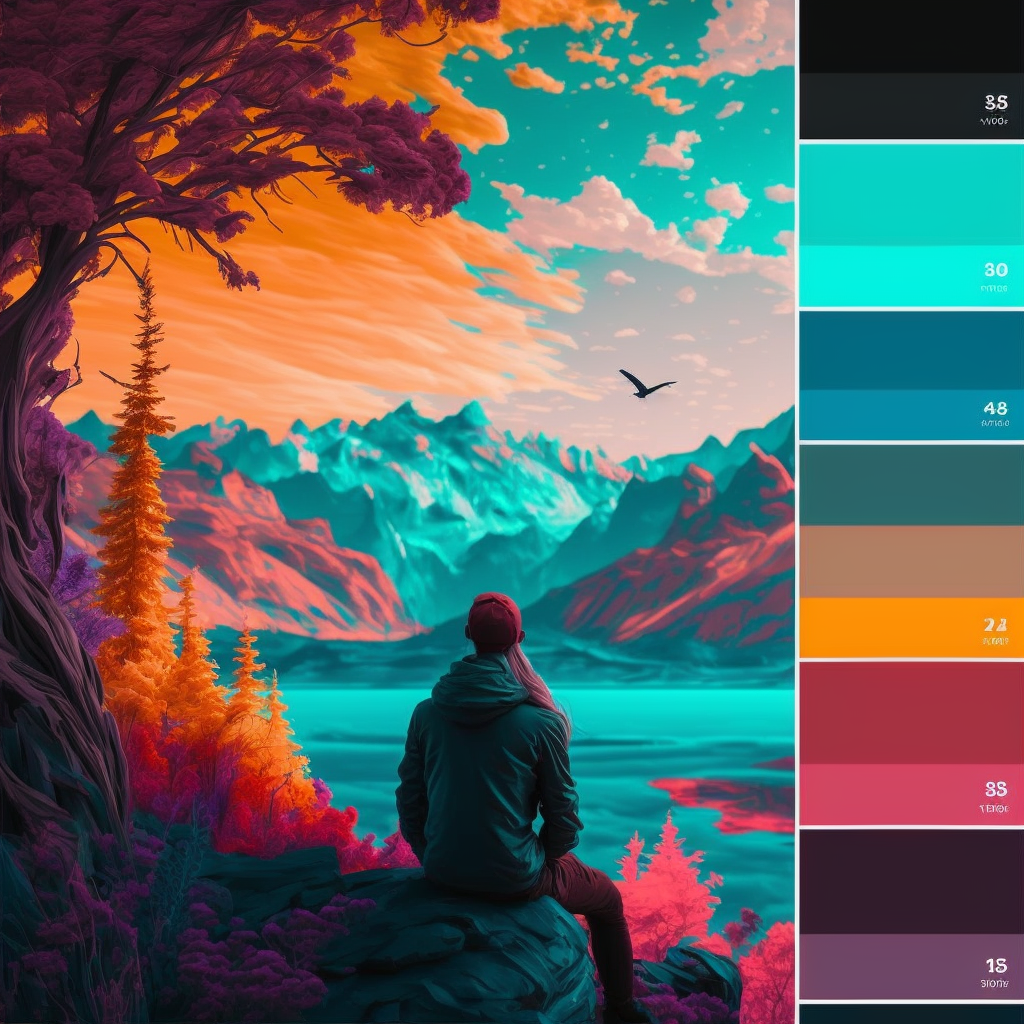
One area of the home where color can be particularly important is the dining room. In this space, it is often beneficial to use warm, inviting colors to create a sense of conviviality and encourage social interaction. Similarly, incorporating plants and other natural elements into the design of the dining room can also contribute to a sense of well-being.
Different colors can have different effects on mood and emotions. Here is a brief overview of how some common colors can impact mental health:
- Blue: Blue is often associated with calmness, trustworthiness, and stability. It can help to create a sense of calm and relaxation, making it a good choice for spaces where relaxation is desired.
- Green: Green is often associated with nature, growth, and renewal. It can help to create a sense of balance and tranquility, making it a good choice for spaces where relaxation and rejuvenation are desired.
- Purple: Purple is often associated with creativity, spirituality, and luxury. It can help to create a sense of sophistication and sophistication, making it a good choice for spaces where creativity and relaxation are desired.
- Yellow: Yellow is often associated with happiness, warmth, and cheer. It can help to create a sense of happiness and positivity, making it a good choice for spaces where a sense of cheer and happiness are desired.
- Orange: Orange is often associated with energy, warmth, and playfulness. It can help to create a sense of energy and excitement, making it a good choice for spaces where a sense of playfulness and energy are desired.
- Red: Red is often associated with passion, power, and boldness. It can help to create a sense of drama and intensity, making it a good choice for spaces where a sense of boldness and drama are desired.
- Pink: Pink is often associated with love, warmth, and femininity. It can help to create a sense of warmth and comfort, making it a good choice for spaces where a sense of love and comfort are desired.
It’s important to note that the effects of color on mental health can vary based on individual preferences and experiences. What works for one person may not work for another, so it’s important to consider your own personal preferences when choosing colors for your home. In general you should feature warm colors, it feel physically warmer.
Furniture Placement
Furniture placement and arrangement is another important aspect of interior design that can have an impact on mental health. In general, it is a good idea to create a sense of flow and openness in a space, rather than having furniture that feels overly cramped or cluttered. This can help to facilitate movement and promote feelings of relaxation and comfort.
Organic materials, such as wood and stone, can also contribute to a sense of warmth and connection to nature, which can be especially important in cold or damp climates. In warm weather, incorporating elements such as open windows and free-flowing air can help to create a sense of refreshment and lightness.
Another design element that can have significant effects on mental health is the use of plants. In addition to purifying the air and providing aesthetic beauty, plants can also provide mood-lifting benefits and improve concentration. In particular, incorporating houseplants into personal spaces such as the bedroom or home office can be especially beneficial.
Feng Shui
One ancient design philosophy that can be particularly useful in the creation of mentally healthy spaces is feng shui. Originating in China, feng shui is a system for organizing and arranging spaces in a way that promotes harmony and balance. Key components of feng shui include the proper placement of furniture and other objects, the use of color and other decorative elements, and the incorporation of natural elements such as plants and water. By following the principles of feng shui, it is possible to create spaces that are not only aesthetically pleasing but that also support mental and physical well-being.
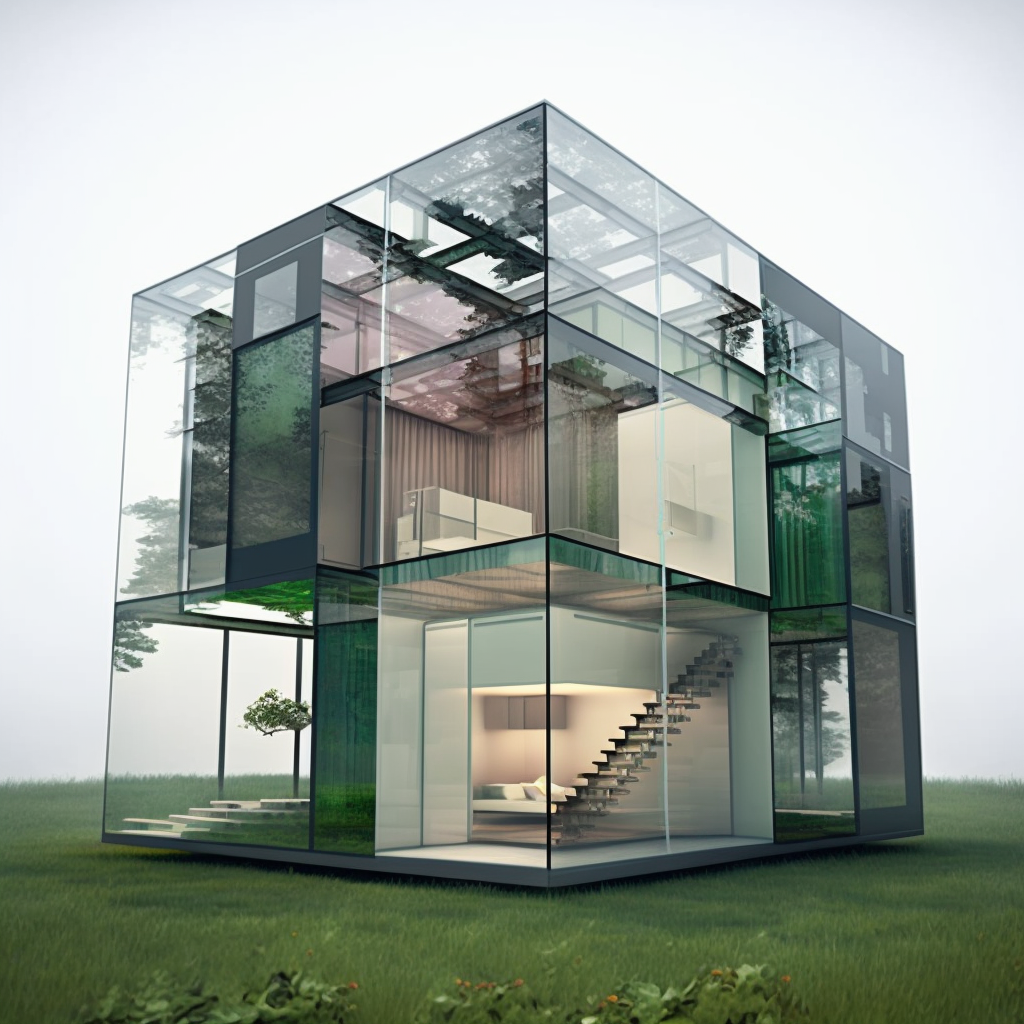
Feng shui can be especially useful in the design of the living space, as this is an area where people spend a significant amount of time. Incorporating features such as natural light, wooden flooring, and plant life can all contribute to a sense of peace and balance in this area of the home.
Water Elements in Mindful House
There are several ways to use water in house interior design to improve mental health:
- Incorporate water features: Adding a water feature such as a fountain, pond, or aquarium can help to create a sense of calm and relaxation. The sound of running water can have a soothing effect and the presence of water can add a touch of nature and beauty to a space.
- Use water as a design element: Water can be incorporated into a home’s design in a number of ways, such as through the use of water-themed artwork or by using water-themed color schemes and finishes.
- Include access to natural bodies of water: If your home is located near a natural body of water, consider incorporating views of the water into the design of your home. Even just being able to see the water from a window can help to create a sense of calm and relaxation.
- Use water-based materials: Incorporating water-based materials such as stone or glass can help to create a feeling of connection to water and the natural world.
- Create a spa-like atmosphere: Adding a spa-like atmosphere to your home, such as by incorporating a steam shower or hot tub, can help to promote relaxation and improve overall well-being.

It’s important to note that the stress-reducing effects of water can vary based on individual preferences and experiences. Some people may find that being around water helps to reduce stress, while others may not notice much of a difference. Experimenting with different water-based elements and finding what works best for you can help to maximize the stress-reducing benefits of water in your home design.
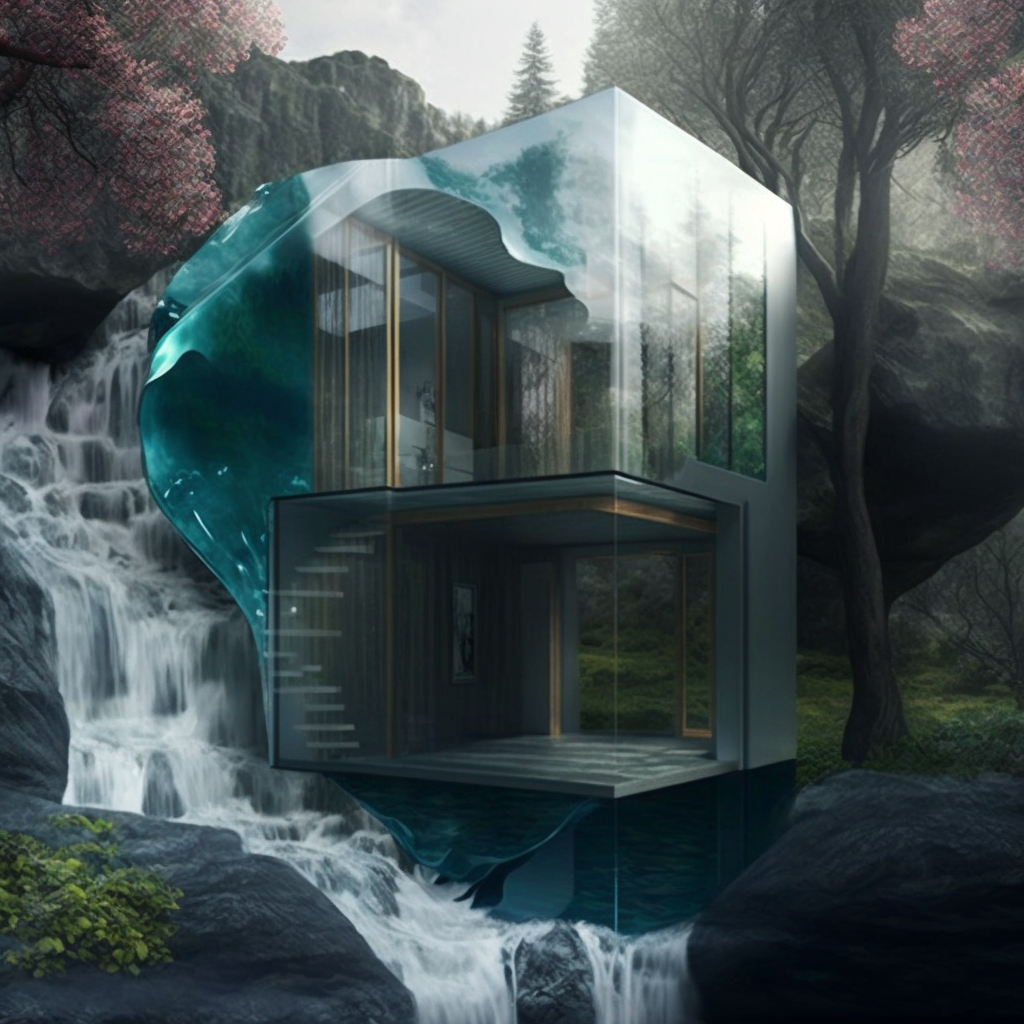
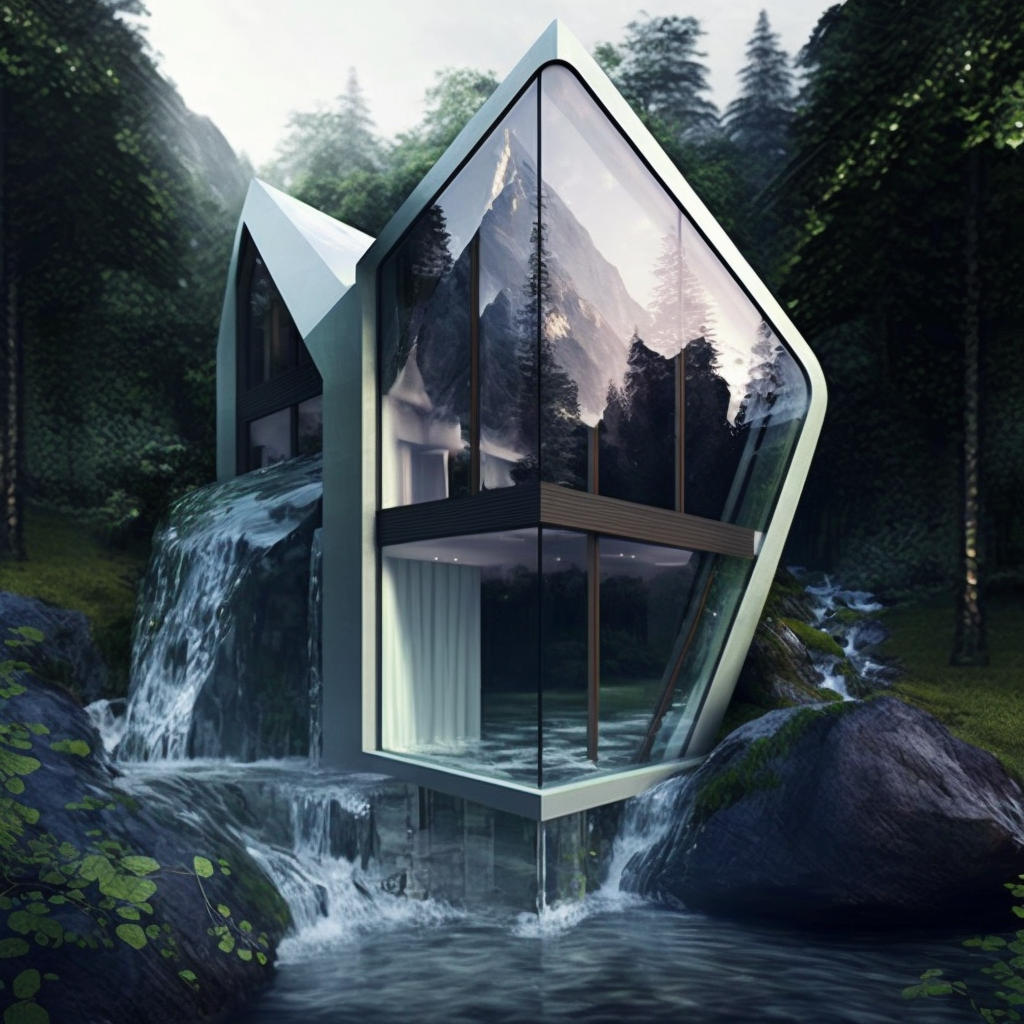
Storage Places
In addition to the design elements discussed above, there are a few other factors that can be helpful to consider when creating mentally healthy spaces.
One important aspect is storage solutions. Having enough storage space can help to reduce clutter and promote organization, which can in turn have a positive impact on mental health. This can be especially important in smaller spaces, where clutter can easily build up and cause feelings of stress and anxiety. Incorporating storage solutions such as shelving, cabinets, and under-bed drawers can help to keep things organized and create a sense of calm.
Conclusion
Finally, it is important to consider the layout and arrangement of a space when designing for mental health. Creating a sense of flow and openness can help to facilitate movement and promote feelings of relaxation and comfort. This can be achieved through the use of furniture placement and arrangement, as well as through the incorporation of elements like windows and doors that allow for free-flowing air.
Overall, there are many design elements that can contribute to the creation of mentally healthy spaces. By considering the psychological and physiological effects of different design choices, it is possible to create environments that support well-being and enhance cognitive function. Whether working with a professional interior designer or designing a space on one’s own, paying attention to these key factors can help to create a home that elevates moods and promotes mental health.
Using EpiProdux interior designers and prefab house manufacturers can build unique products which trigger emotional powers. Managers can build furniture and houses, and the home elevates moods.
Frequently asked questions
-
What are some ways that house design can impact mental health?
House design can impact mental health in several ways, including the amount of natural light in a space, the layout and flow of a home, the availability of outdoor space, and the overall aesthetic of a home.
-
How can natural light improve mental health?
Natural light has been shown to improve mood, increase energy levels, and boost overall well-being. It can also help to regulate sleep patterns and improve concentration.
-
How does the layout of a home affect mental health?
The layout of a home can impact mental health by affecting the flow and functionality of a space. A well-designed layout can make a home feel more open, welcoming, and functional, which can help to reduce stress and promote feelings of calm and relaxation. On the other hand, a poorly designed layout can make a home feel cramped, cluttered, and disorganized, which can increase stress and contribute to feelings of frustration and overwhelm.
-
Can access to outdoor space improve mental health?
Yes, access to outdoor space can have a positive impact on mental health. Being able to spend time in nature or even just being able to see the outdoors from a window can help to reduce stress, improve mood, and increase feelings of relaxation.
-
How can the overall aesthetic of a home impact mental health?
The overall aesthetic of a home can impact mental health by affecting the atmosphere and vibe of a space. A home that is decorated in a way that is personally pleasing and reflective of the homeowner’s personal style can help to create a sense of calm and relaxation. On the other hand, a home that is cluttered, poorly decorated, or not reflective of the homeowner’s personal style can contribute to feelings of stress and discomfort.
-
Can color choices in home design impact mental health?
Yes, color choices in home design can have an impact on mental health. Certain colors have been shown to have different effects on mood and emotions. For example, warm colors such as red, yellow, and orange can create a feeling of warmth and excitement, while cool colors such as blue, green, and purple can create a feeling of calm and relaxation. Choosing colors that align with the desired mood and atmosphere of a space can help to improve mental health.
-
How can incorporating plants into home design improve mental health?
Incorporating plants into home design can have a number of benefits for mental health. Plants can help to purify the air, reduce stress, and improve mood. They can also add a touch of nature and beauty to a space, which can help to create a sense of calm and relaxation.
-
How can designing a home with accessibility in mind impact mental health?
Designing a home with accessibility in mind can have a positive impact on mental health by making it easier for individuals with disabilities or mobility issues to move around and access different areas of the home. This can help to reduce feelings of frustration and isolation and improve overall well-being.
-
Can the organization of a home impact mental health?
Yes, the organization of a home can have an impact on mental health. A cluttered and disorganized home can contribute to feelings of stress and overwhelm, while a well-organized home can promote a sense of calm and control. Taking the time to declutter and organize a home can have a positive impact on mental health.


